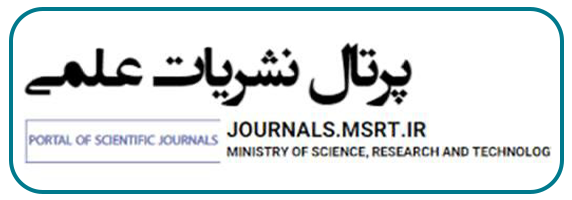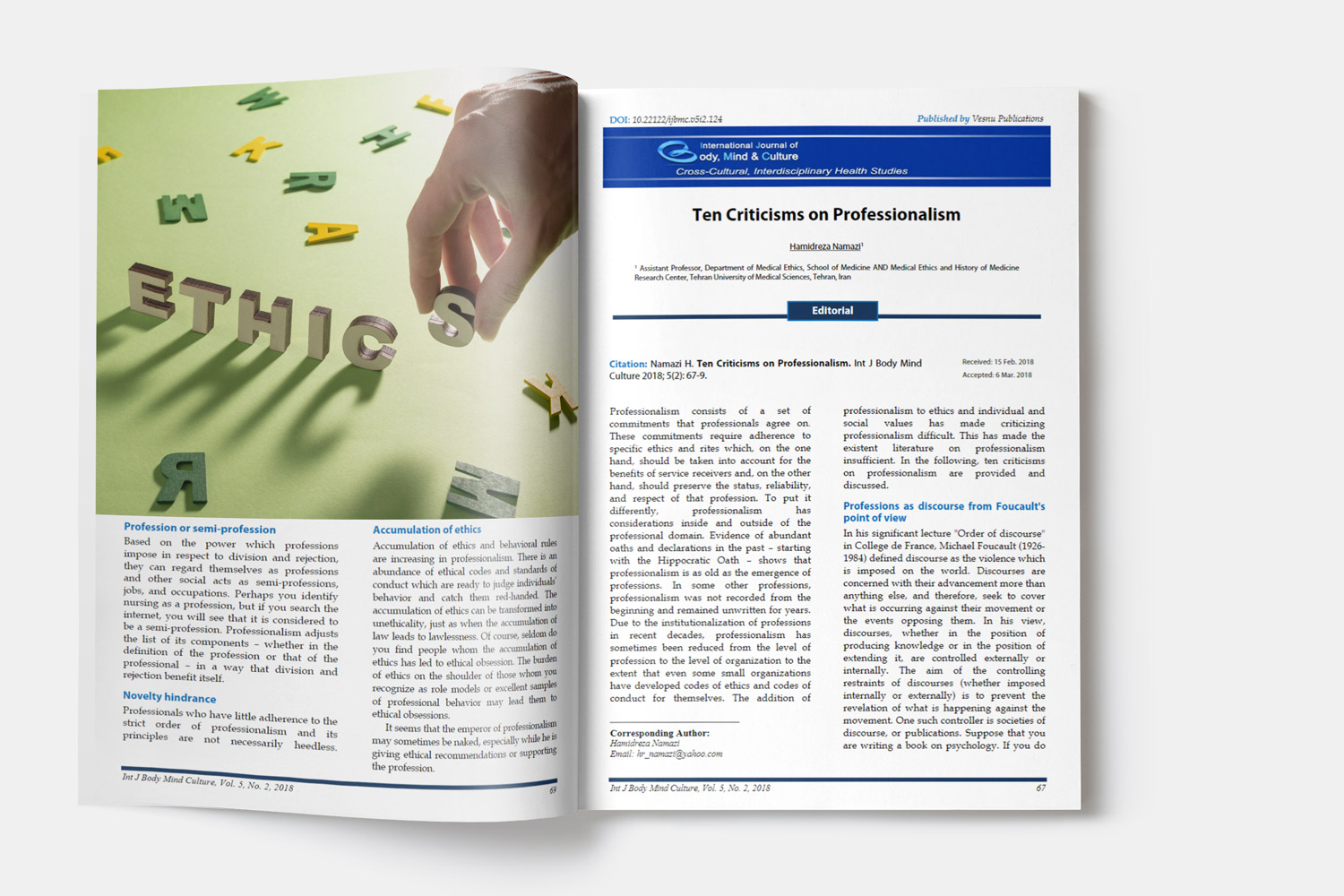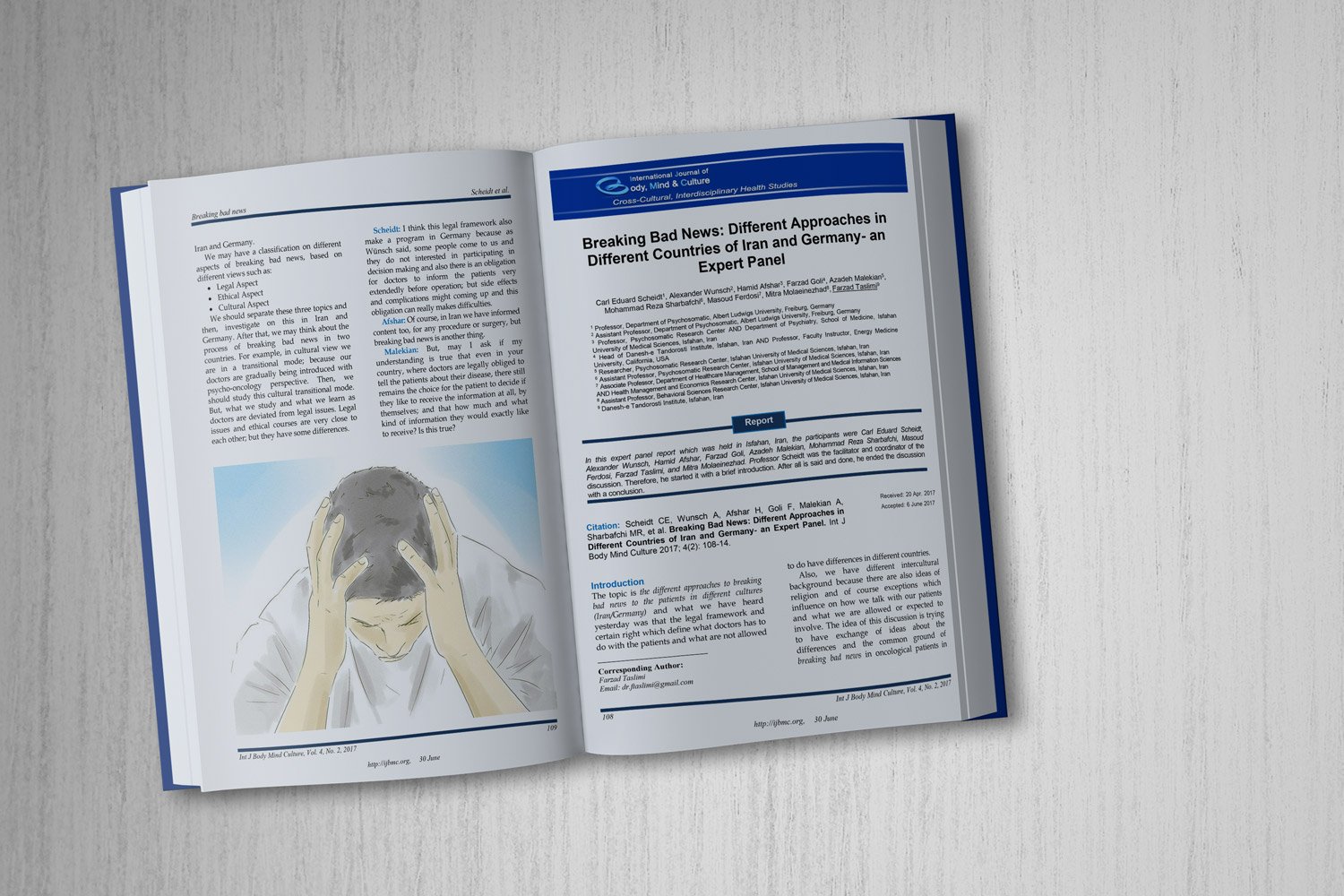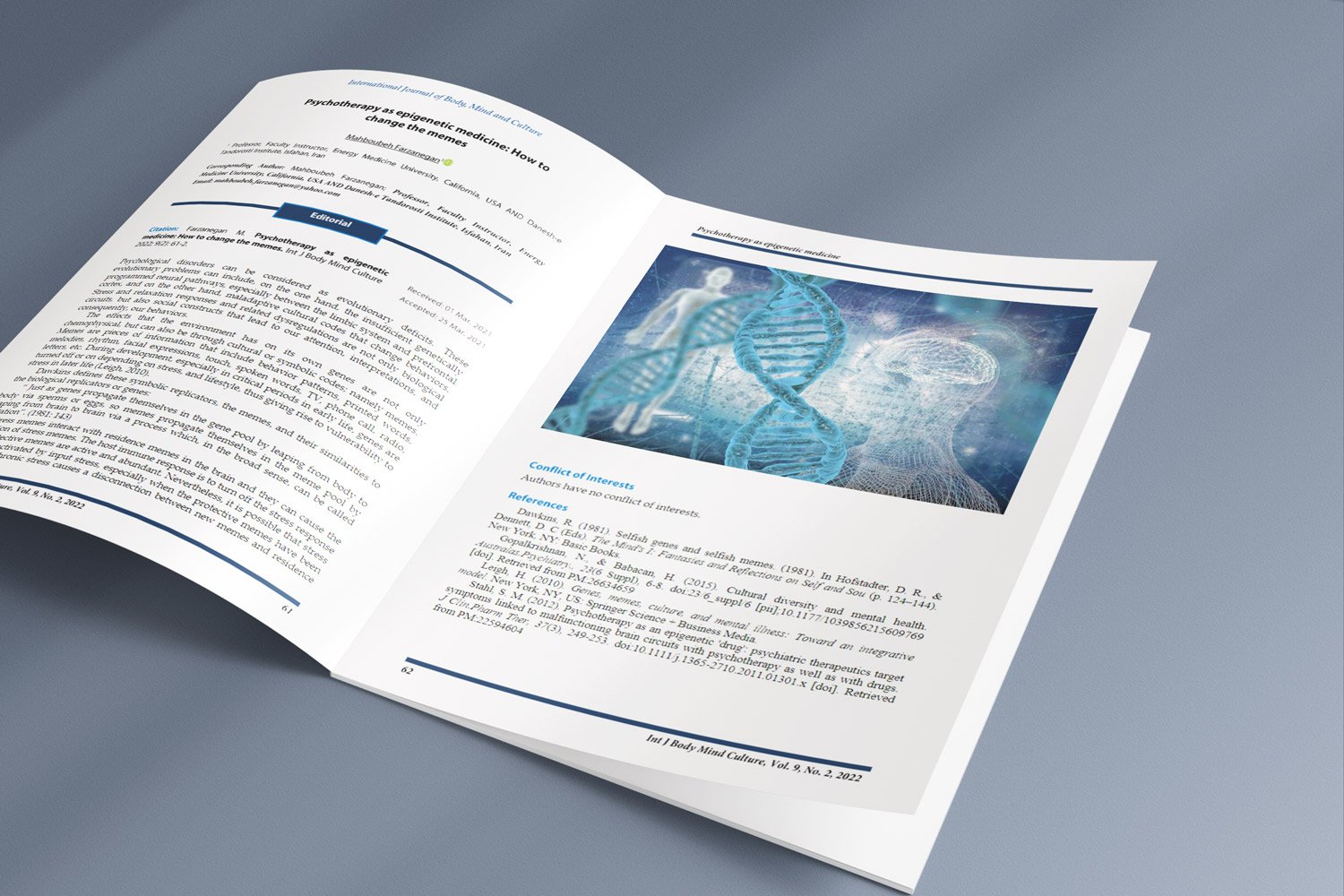Philosophy in Ink: Mei Qing’s Integration of Form and Spiritual Conception in Landscape Painting
Downloads
Objective: This study investigates the unique visual philosophy of Mei Qing, a pivotal painter of the Ming–Qing transition, by analyzing how his landscape representations of Huangshan reflect a synthesis of formal innovation, literati aesthetics, and spiritual symbolism.
Methods and Materials: Using a qualitative visual analysis approach, the study examines Mei Qing's key landscape works, focusing on compositional elements, brush techniques, symbolic use of form, and their philosophical implications. Primary attention is given to works such as Tiandu Peak, Alchemy Table, and Lotus Peak. The analysis is contextualized through Daoist, Buddhist, and literati frameworks.
Findings: Mei Qing’s landscapes combine layered brushwork, spatial abstraction, and symbolic references to create poetic visual meditations. Huangshan is depicted not merely as a geographic location, but as a metaphysical space of solitude, elevation, and self-transcendence. Techniques such as negative space, asymmetry, and expressive voids reflect Daoist notions of non-being and spiritual detachment. The works are found to challenge representational norms and prioritize emotional resonance and philosophical contemplation.
Conclusion: Mei Qing redefined Chinese landscape painting by fusing formal structure with metaphysical inquiry. His works shift the function of landscape art from representation to introspective exploration, offering a vital contribution to Chinese visual philosophy. His artistic legacy lies in his capacity to transform natural forms into spiritual reflections of the self and cosmos.
Downloads
Baomar, Z., & Sanad, R. (2021). A study of landscape painting development–Past, present and future perspectives. New Trends and Issue Proceedings on Humanities and Social Sciences, 8(1), 01-11. https://doi.org/10.18844/prosoc.v7i4.5774
Barnhart, R. M. (2004). Cultivated Landscapes: Chinese Paintings from the Collection of Marie-Hélène and Guy Weill. By K. Hearn Maxwell. New York: Metropolitan Museum of Art; New Haven, Conn.: Yale University Press, 2002. xv, 204 pp. $40.00 (cloth). The Journal of Asian Studies, 63(2), 496-498. https://doi.org/10.1017/S0021911804001214
Chang, M. G. (2010). Pictures for Use and Pleasure: Vernacular Painting in High Qing China. China Review International, 17(3), 299-303. https://doi.org/10.1353/cri.2010.0072
Chaves, J. (2005). Painters as Envoys: Korean Inspiration in Eighteenth-Century Japanese Nanga. By Burglind Jungmann. Princeton, NJ: Princeton University Press, 2004. 272 pp. $60.00 (cloth). The Journal of Asian Studies, 64(1), 214-216. https://doi.org/10.1017/S0021911805000471
Dong, X. (2010). Meeting of the Eyes: Invented Gesture, Cinematic Choreography, and Mei Lanfang's Kun Opera Film. The Opera Quarterly, 26(2-3), 200-219. https://doi.org/10.1093/oq/kbq018
Fang, H. (2023). The Ming's Cosmopolitan Beginnings: Painting and Pictorial Art in Yingtian, 1368-1421 New York University]. https://www.proquest.com/openview/9ab9a4c3697e13b6a7e885363209d3af/1?pq-origsite=gscholar&cbl=18750&diss=y
Hao, B. (2018). Study on the Construction Techniques of Virtual Environment in Traditional Chinese Landscape Painting. 4th International Conference on Arts, Design and Contemporary Education (ICADCE 2018), https://doi.org/10.2991/icadce-18.2018.44
Hsiao, M.-J., & Hsueh, S.-H. (2020). The Craft Aesthetics of the Cultural Relics Collection in the Qing Dynasty. International Conference on Human-Computer Interaction, https://doi.org/10.1007/978-3-030-49788-0_22
Hua, Y., & Meiqing, W. (2021). Xu-style Garden Architecture of the Han Dynasty: Hanging Waterside Pavilion. Journal of Landscape Research, 13(1).https:// 10.16785/j.issn1943-989x.2021.1.005
Jang, S. (2015). The culture of art collecting in imperial China. A Companion to Chinese Art, 47-72. https://doi.org/10.1002/9781118885215.ch2
Jiang, C. (2021). Breakthrough and Experiment: The Schema Shapes and Structures of Painting Prefaces and Postscripts in Prosperous Qing Dynasty. International Journal of Social Science and Education Research, 4(10), 255-261. https://doi.org/10.6918/IJOSSER.202110_4(10).0042
Keulemans, P. (2007). Listening to the printed martial arts scene: Onomatopoeia and the qing dynasty storyteller's voice. Harvard Journal of Asiatic Studies, 51-87. https://www.jstor.org/stable/25066838
Lee, S.-C. (2006). Forgeries Signed as Mei Qing: Mount Huang Paintings. Artibus Asiae, 66(1), 41-88. https://doi.org/10.61342/JLJM5413
Lewis, T. E., & Xu, L. (2020). Chinese landscape painting and the study of being: An imagined encounter between Martin Heidegger and Xia Gui. Studies in Philosophy and Education, 39(3), 309-320. https://doi.org/10.1007/s11217-020-09708-x
Li, J. (2015). On the Famous Painting “Search Every Lofty Peaks for Draft” in the Record of Shi tao Drawing Theory. 2015 3rd International Conference on Education, Management, Arts, Economics and Social Science, https://doi.org/10.2991/icemaess-15.2016.26
Li, W.-y. (2012). Gardens and illusions from late Ming to early Qing. Harvard Journal of Asiatic Studies, 72(2), 295-336. https://doi.org/10.1353/jas.2012.0018
Liu, L. (2017). Path, place, and pace in mid-Ming Suzhou landscape painting. Res: Anthropology and aesthetics, 67(1), 207-224. https://doi.org/10.1086/693993
McDowall, S. (2009). Qian Qianyi's reflections on Yellow Mountain: traces of a late-Ming hatchet and chisel. Hong Kong University Press. https://doi.org/10.1515/9789882206359
McMahon, K. (2019). The art of the bedchamber and Jin Ping Mei. Nan Nü, 21(1), 1-37. https://doi.org/10.1163/15685268-00211P01
Nelson, S. E. (2004). Cultivated Landscapes: Chinese Paintings from the Collection of Marie-Helene and Guy Weill. China Review International, 11(2), 363-365. https://doi.org/10.1353/cri.2005.0092
Schmidt, J. D. (2008). Yuan Mei (1716–98) on Women. Late Imperial China, 29(2), 129-185. https://doi.org/10.1353/late.0.0013
Turner, M. (2009). Classical Chinese landscape painting and the aesthetic appreciation of nature. The Journal of Aesthetic Education, 43(1), 106-121. https://doi.org/10.2307/40263708
https://doi.org/10.1353/jae.0.0033
Wang, G., Shen, J., Yue, M., Ma, Y., & Wu, S. (2022). A computational study of empty space ratios in Chinese landscape painting, 618–2011. Leonardo, 55(1), 43-47. https://doi.org/10.1162/leon_a_02105
Wang, S. (2010). Wang Yuanqi and the orthodoxy of self-reflection in Early Qing Landscape painting University of Pennsylvania]. https://www.proquest.com/openview/be94109dc6f4fbdc1eefceeffbcb3916/1?pq-origsite=gscholar&cbl=18750
Wang, S., & Phungamdee, S. (2022). Aesthetic embodiment of stones in literati paintings with garden themes in Song, Yuan, Ming and Qing Dynasties. International Journal of Multidisciplinary in Management and Tourism, 6(2), 113-128. https://doi.org/10.14456/ijmmt.2022.10
Wetzel, J. (2002). Hidden connections: Courtesans in the art world of the Ming Dynasty. Women's Studies, 31(5), 645-669. https://doi.org/10.1080/00497870214051
Widmer, E. (2015). Letters as Windows on Ming-Qing Women’s Literary Culture. A History of Chinese Letters and Epistolary Culture, 744-774. https://doi.org/10.1163/9789004292123_022
Yang, Q. (2023). Contemporary Chinese landscape paintings: genealogies of form. Journal of Visual Art Practice, 22(4), 347-371. https://doi.org/10.1080/14702029.2023.2264076
Zhang, G. (2022). The Painting Creation of Huangshan Mountain by Mei Qing. 8th International Conference on Arts, Design and Contemporary Education (ICADCE 2022), https://doi.org/10.55060/s.atssh.221107.022
Zhu, W. (2016). Scenic Depictions of Huizhou in Ming–Qing Literature. Journal of chinese humanities, 2(1), 55-76. https://doi.org/10.1163/23521341-12340026
Copyright (c) 2025 International Journal of Body, Mind and Culture

This work is licensed under a Creative Commons Attribution-NonCommercial 4.0 International License.















